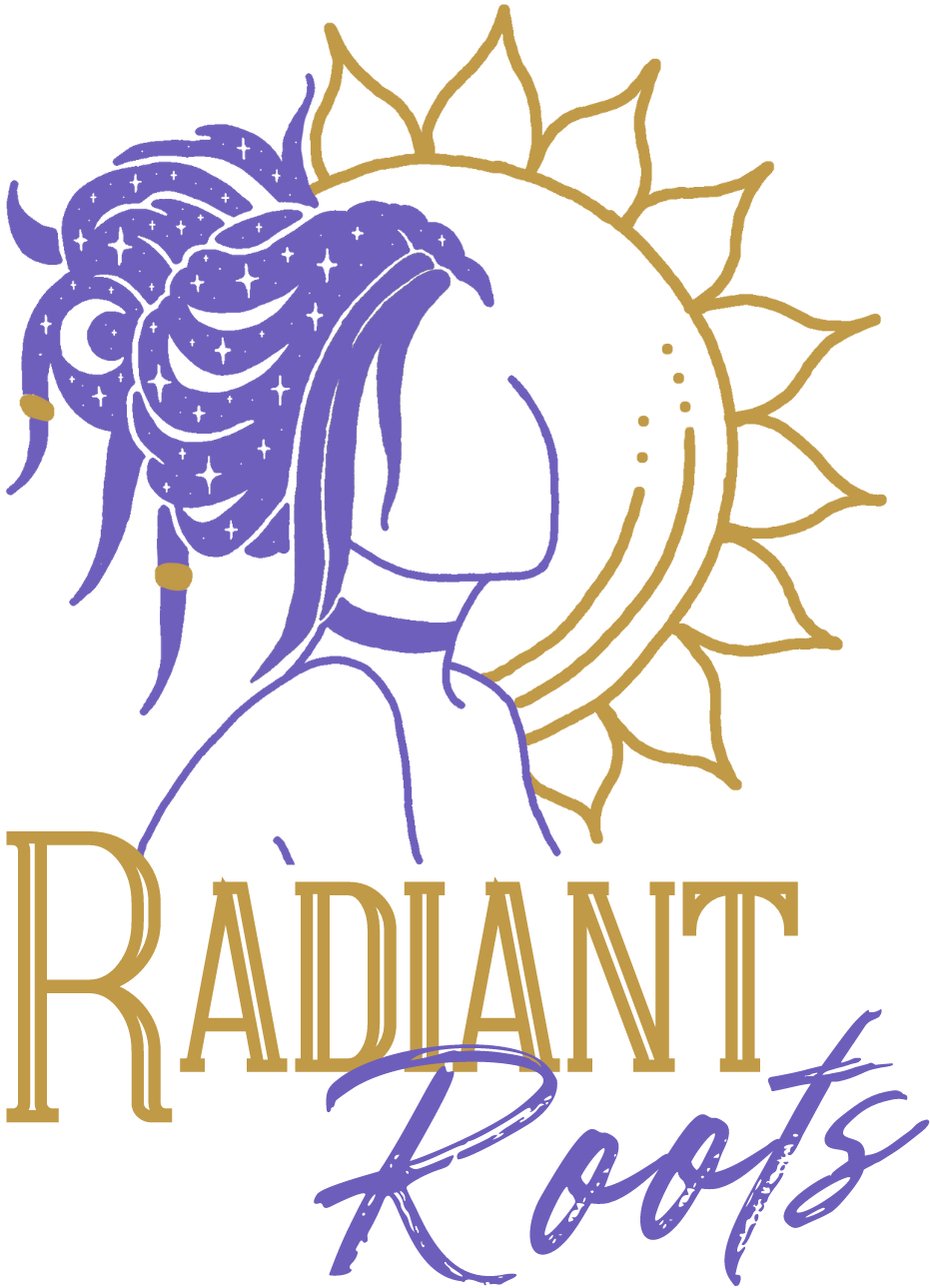Crocheting has become very popular in the dreadlock community as a way to tighten up all your dreads and pull in most of the loose hairs on the surface of the dread. To the untrained eye, crocheted dreads have the appearance of being mature. So dreads that are only weeks old may appear years older. However, not all dreadheads are a fan of this technique. 
The long and short of crochet is that no matter how careful you are you may be breaking hairs when you use this technique. Your expertise and awareness of what you are doing will certainly affect how badly it breaks, if at all though. The second most important factor is to make sure that you are using a very small crochet hook – 1mm or smaller. Hooks this small can be difficult to find in ordinary craft stores so you may need to shop online for one. We use a hooks between 0.3mm and 0.6mm and love it, but if you are planning to utilize this technique you will need to find what is most comfortable for you. Generally speaking, larger hooks seem to be easier to learn on, but small hooks seems to work better (and damage less hair) once you become more experienced.
The general consensus about crocheting is that it can be difficult to stop once you start. Because crochet can have a tendency to cause broken hair once the tightness you get from crochet begins to wear off the broken hairs become more visible as frizz and loose hairs after about a week or so. However, no matter what form of maintenance you choose and prefer you will get some relapse and fuzzines after a little while (usually as soon as the first wash after doing maintenance). The trouble is when people start using crochet to fix the issues caused by the crochet hook in the first place. Crochet CAN be addicting, but it’s possible to stop anytime, but may have to deal with some frizziness before your dreads start to naturalize again. TOO much crocheting, especially if done incorrectly, can actually break dreads so badly that you could seriously compromise the strength of the entire dread. The strength of a dreadlock or rope comes from the length of the fibers it is comprised of. However, if you begin breaking the fibers you compromise its overall tensile strength. Also, crocheted dreadlocks tend to acquire a velcro-like texture and be stiff, but this usually relaxes within the first few washes after having it done. However this, like many of the other potential detrimental effects of crochet, are made worse by overuse and improper use (and therefore, minimized by proper, infrequent use).
Our official opinion on crochet at this point is that crocheting is okay IN MODERATION! We wouldn’t recommend crocheting any more frequently than once a month. More than that and we think you seriously need to worry about the breakage you may be causing. Granted, for some people they are willing to compromise a little strength for tight, neat looking dreads. We would even go so far as to say that we prefer that all dreads get at least ONE really good crocheting session in their lives to help expedite the locking and compression process and after that only sparingly. We also tell our own clients that if you are going to have professional maintenance done on a regular basis (every 4-12 weeks) that you shouldn’t even bother purchasing a crochet hook as we don’t want them to be tempted to crochet their own locks in between sessions and cause unecessary damage. However, overall, crochet is a personal decision that we can’t make for you, of course, but we CAN warn you about the pros and cons and encourage you to think long and hard before you decide one way or the other!
We have included a video of Amy crocheting that will help to instruct you on how to utilize this technique.
Here is a small collection of additional YouTube videos you may find helpful:
